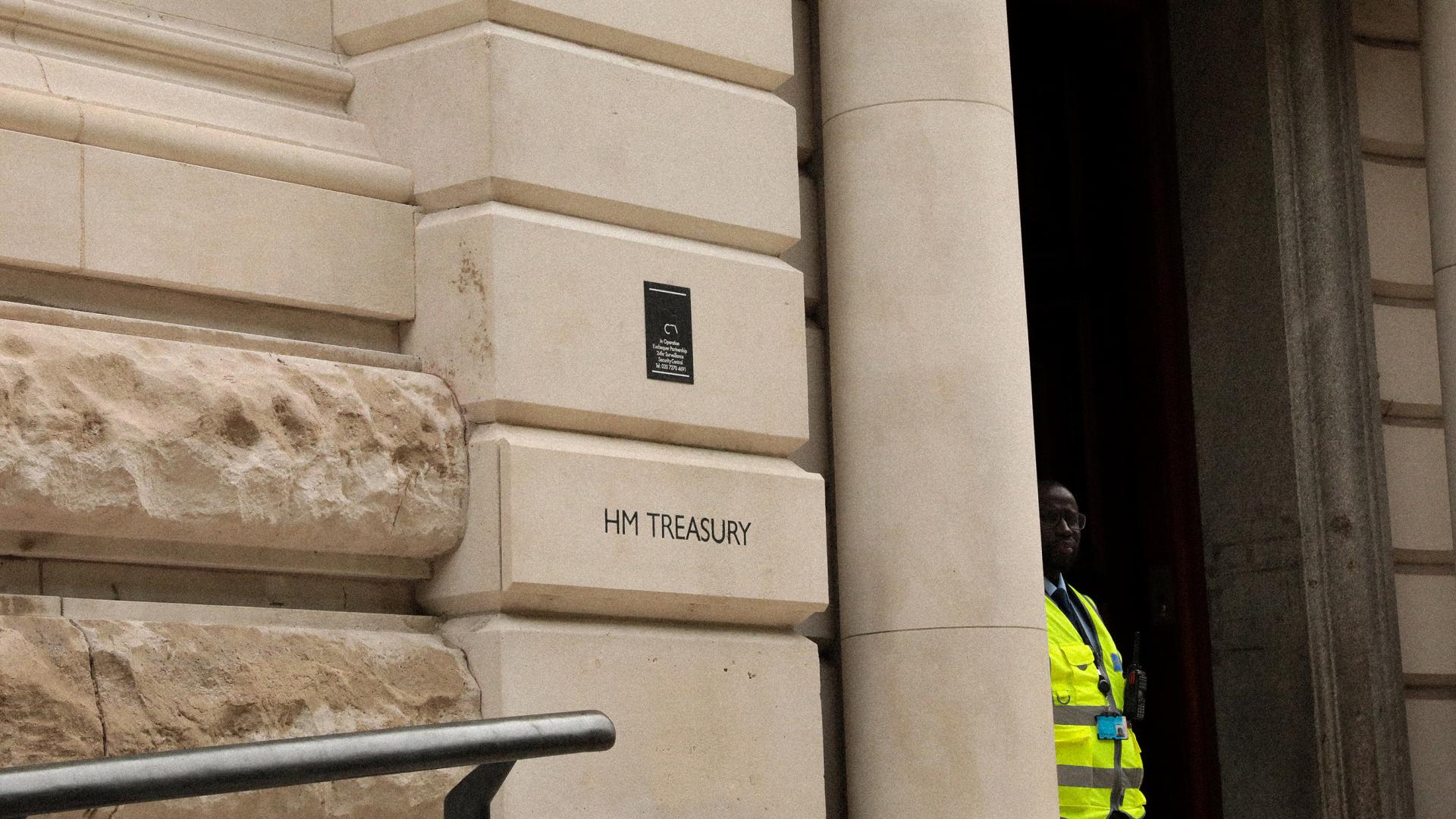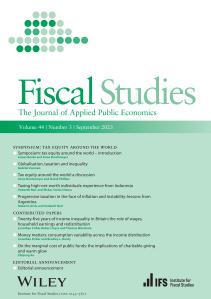It is always dangerous to announce that we have entered a new normal. Those who thought that near-zero interest rates would last forever have been badly stung. The claim in the early 2000s, made by many who should have known better, that boom and bust had been abolished, was soon made to look foolish. I am nevertheless going to make a prediction of a new normal and it is not even one that we have yet fully entered.
Among the many striking economic statistics presented by the Office for Budget Responsibility last week was this: having hovered around the 33 per cent mark for decades, tax as a percentage of national income is on a path to rise above 37 per cent by the late 2020s, its highest ever.
So here is my prediction: higher taxes are the new normal. The tax take will not return to 33 per cent in my lifetime. For reference, I can reasonably expect still to be around in the 2050s.
For most of the past half century, barring a dip in the 1990s, the tax take has been in a remarkably narrow band between 32 per cent and 34 per cent of national income. I remember it being almost an object of faith among some senior colleagues when I worked at the Treasury that it could not be sustained at a level much above that. The British, it was believed, would not wear it.
That stability was made possible in part because we funded increasing spending on the welfare state — the NHS, pensions, benefits — by cutting defence spending. The state also withdrew from activities such as building houses, running nationalised industries and, latterly, paying for university tuition. More recently low interest rates kept the cost of servicing the national debt down. We have not needed to raise taxes.
Things are now changing, and rather suddenly. The tax take was at 33 per cent of GDP in 2020, exactly where it was in 2000. It has already gone up by a couple of percentage points since then and will go up another couple during the next four years. To give you a sense of scale, an additional 4 per cent of GDP is about £100 billion, or enough to pay most of the bill for the state pension.
Why the sudden change? Spiralling debt interest payments, inflation pushing up spending on pensions and benefits and an NHS growing like Topsy, provide much of the explanation. Without higher taxes we would not be able to afford even the none-too-generous levels of public spending that are planned.
Having gone up, it is hard to see how we get spending, and hence taxes, down. International commitments mean that cutting defence spending is not a trick we are likely to be able to pull again. There is no housing or nationalised industry to cut and we surely cannot push student fees much higher. After a decade of cuts there is not much fat left on the bones of the rest of the welfare state. Population ageing is upon us. The baby boomers are in their early seventies. Our demand for healthcare appears insatiable.
We absolutely need to improve efficiency in state provision — we can all see how badly run the NHS is — but getting tax back down to 33 per cent of national income would require more than improving efficiency; it would mean taking decisions that at present are way beyond public or political appetites. Means-test the state pension? Force higher earners to get private health insurance? Dramatically cut working-age benefits?
There are those who do not believe that this is a “real” Conservative government. If only they were serious about it, they could find tens of billions of cuts ready to be made. I have yet to hear a credible proposal for what those cuts would look like. George Osborne was serious about cutting spending. I believe Rishi Sunak when he says he wants lower taxes. These guys are not closet socialists.
We will notice a higher tax burden. Six years of freezing income tax allowances and thresholds will bring millions into the income tax system and mean more tax taken from all of us who pay it. The number of higher-rate taxpayers is likely to hit 8 million in the late 2020s, a virtual doubling within a decade. The numbers paying at 60 per cent (with incomes between £100,000 and £125,000), because of a so-called tax trap, and at 45 per cent (those with incomes over £125,140) will approach 2 million, more than the number of 40 per cent taxpayers back in 1990. Meanwhile, the increase in the rate of corporation tax will probably mean record payments by companies. Our corporation tax system will pull in a bigger slice of corporate profits than that in most other comparable countries.
If tax is to stay high it is more important than ever that the tax system is both equitable and efficient.
Yet raising income tax by holding down allowances bears heaviest on lower earners. Pushing up council tax means increasing a tax that is based on 1991 house values and is regressive with respect to the value of the home. Raising the main rate of corporation tax without fixing the base on which the tax is levied is not efficient: it will unnecessarily deter investment.
The other tax measures in the autumn statement were a hodgepodge of the good, the bad and the ugly. What united them — the vehicle excise duty on electric cars, the reduction in the capital gains tax allowance, the rise in stamp duty, the cuts to business rates — was a lack of any strategy, sense of direction or apparent interest in reform.
If I am right and high taxes are the new normal, then we must do better. We absolutely can live with higher taxes than we have been used to but without serious reform the price we will pay for them will be much more than it need be.









